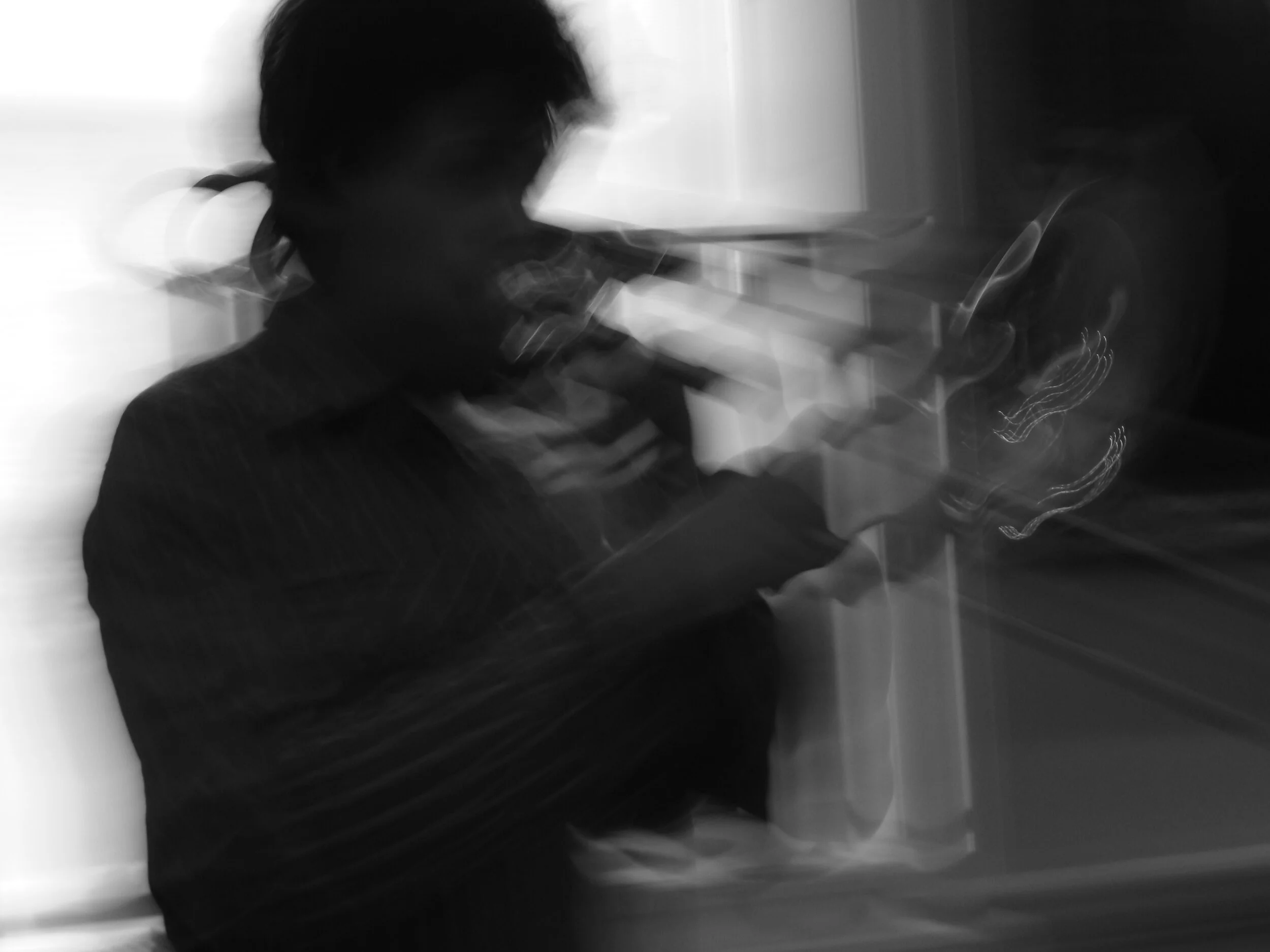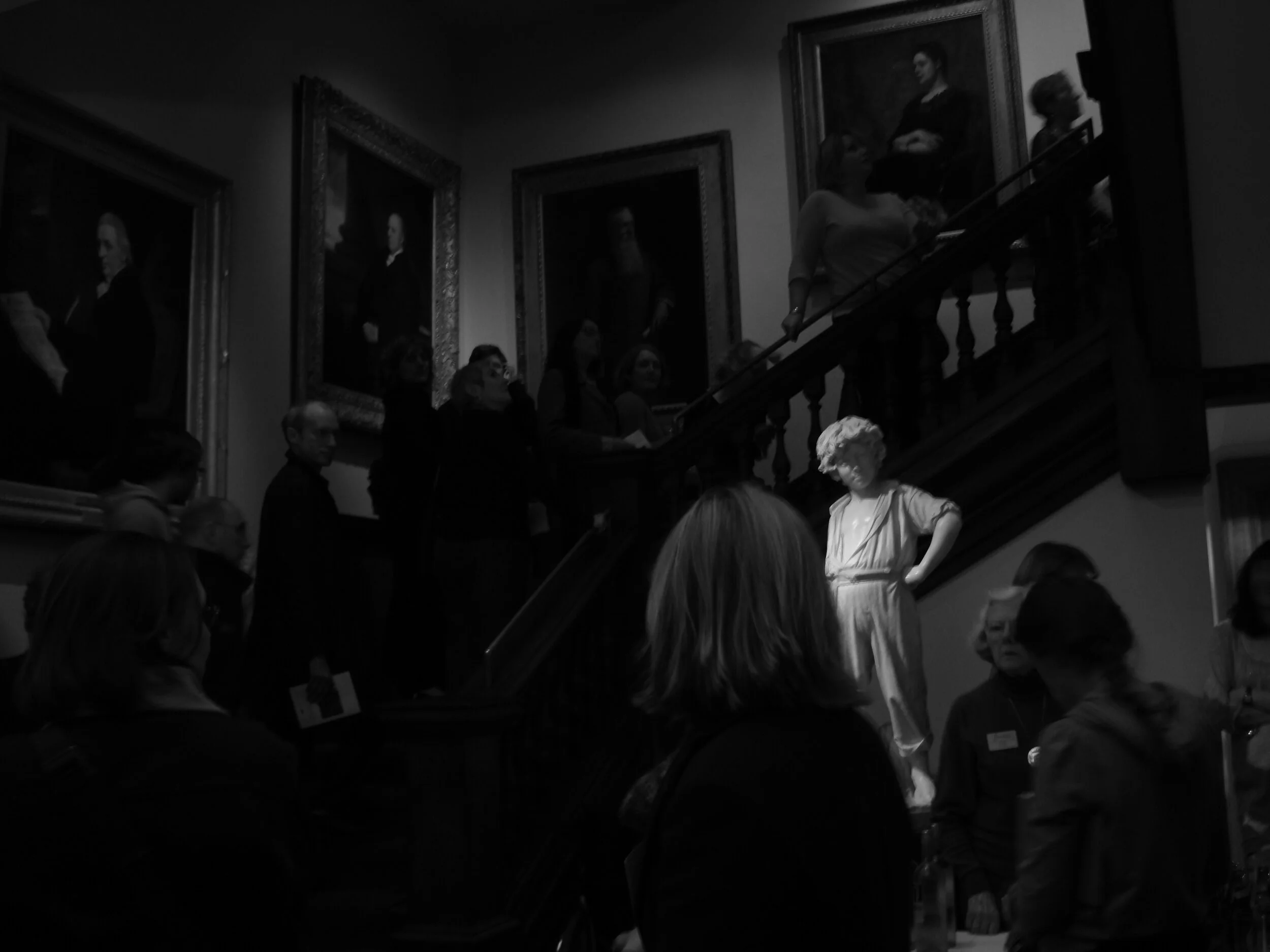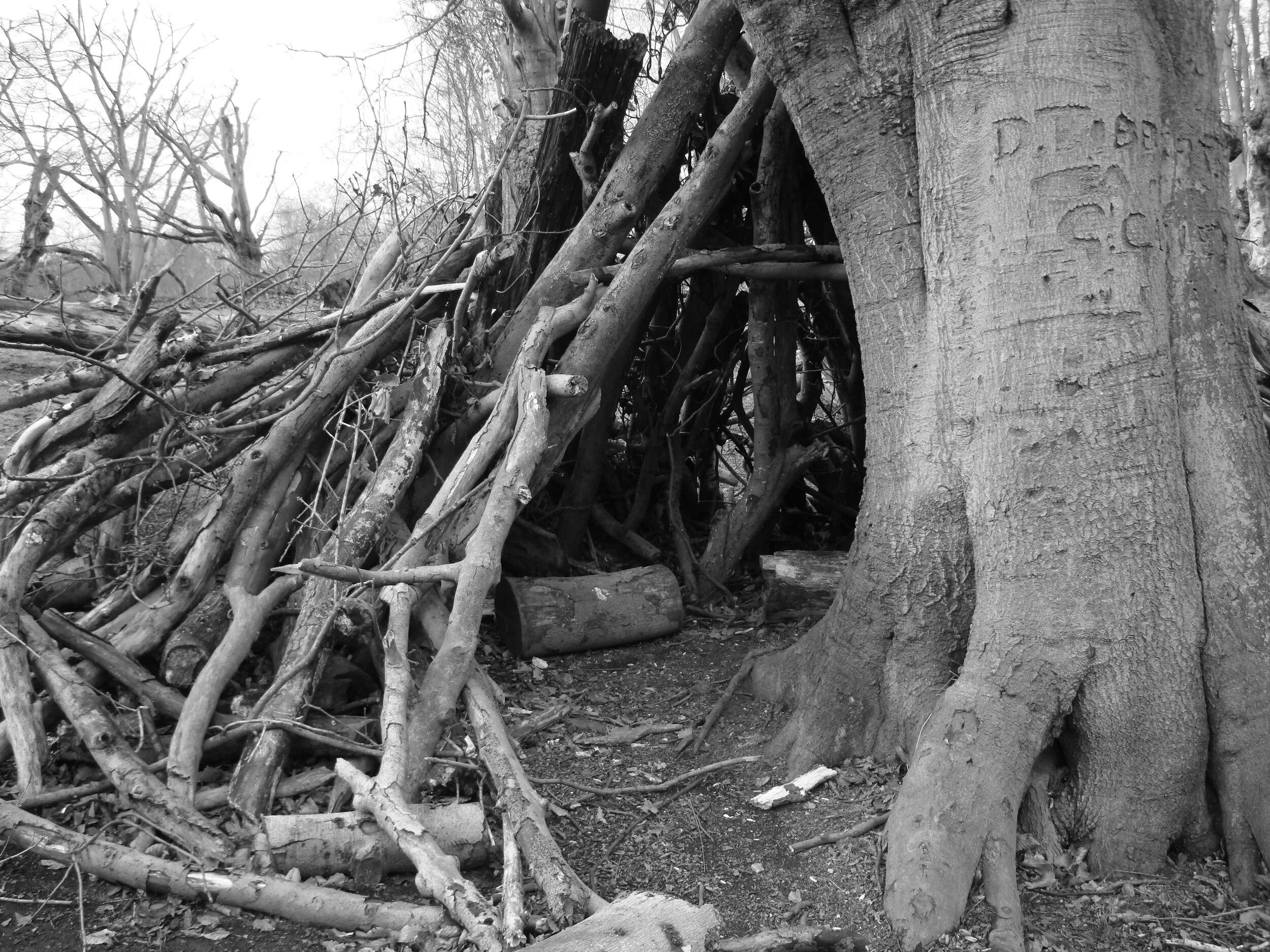The Sound, Video and performance project ‘The Foundling’, by the British artist Terry Smith in collaboration with Linda Hirst and Ian Dearden, for the Foundling Museum 2009
I have recently been involved in collaborations with cinematographers, musicians and composers. This has greatly enriched my work and experiences and had an enormous effect of the finished works. Crossing over boundaries is something that I have always done in my work, with the early building interventions and exhibitions in domestic houses, as well as museums such as The British museum, Tate modern, MACBA in Barcelona, Muse Bellas Artes in Venezuela and recently at the Fogg Museum in Boston, USA and at Lasenall in Paris this year.
‘Taking things a part to see how they were made has been a preoccupation since childhood. It is a method and process that allows me to gain an insight into what the medium can do, and how the meaning of the work can be understood. It is a dark into light experience and involves working an idea over and over to gain an understanding of the medium or structure.’
The Foundling Museum, London
The Foundling Museum tells the story of the Foundling Hospital, London's first home for abandoned children and of three major figures in British history: its campaigning founder the philanthropist Thomas Coram, the artist William Hogarth and the composer George Frideric Handel. This remarkable collection of art, period interiors and social history is now housed in a restored and refurbished building adjacent to the original site of the Hospital, demolished in 1926. It was the first art gallery in the country.
The Foundling Museum London was founded by Handel and Hogarth. Next year 09 is the 250th Anniversary of Handel’s death.
The Ospedale della Pietà, Venice
A convent, orphanage, and music school. It opened in the early fifteenth century as a charitable institution intended to provide for orphaned and abandoned girls, most of whom would remain for their entire lives unless they married; children could be left at the convent via a hole in the wall. Children and adults alike were given intensive musical training.
The composer Antonio Vivaldi was master violin tutor at the Ospedale della Pieta from 1704, and chief composer from 1713 until he left Venice in 1740. Much of Vivaldi's music was written expressly for the women of the Ospedale. Some of the children had been abandoned because of their physical deformities, and Vivaldi had instruments specially adapted for these women. The female orchestra and choir gave concerts to aristocratic audiences while hidden behind a metal grille.
The Foundling Museum in London have commissioned Terry Smith to make a new work to open next year (2009) The work derives its source material from an existing works by Vivaldi, Handel and the visual works of Hogarth. There will be a series of live workshop performances building up to the installation at the Foundling Museum in London. Foundling orphanages exist throughout the world, the focus of The Foundling in London and Venice brings together to institutions that involved directly composers and artists.
In The Foundling, I will visually and conceptually deconstructs, reconfigures and realigns given elements sourced from existing classical scores, by Handel and Vivaldi and images and works by Hogarth. The visual concept of the written score and the translation of this form of mark making into sound has always been a fascination for me. In this sense the written score is treated in the same way that I considers the material substance of architecture and sculpture, as raw material and point of departure.
The Foundling : A new video/sound work Installation and live performance
The Foundling is a work divided into two parts, a video and sound installation that will be presented at the Foundling Museum in London, October 2009, and a live performance with sound and video.
The performance and workshops are an essential part in the construction of the finished installation. The method of live improvised performances was first developed for the work Broken Voices, which was developed through performances in Venice, the A Foundation in Liverpool and at the Tete á Tete Opera festival Riverside Studios in London. The same team is brought together again, Linda Hirst, Ian Dearden and cinematographer Jonathan Callery and produced by Clare Fitzpatrick for workinprogress.
The success of Broken Voices was the direct link that led to the invitation by The Foundling Museum. The experience and collaborations and advances made on that project are the driving force behind this application. It is rare in my work that I am able to create a new work that has a consistency of purpose from a proceeding project. Usually my works are innovative and new and begin and different starting points. This project marks a significant shift in my approach, in that The Foundling is able to capitalise on the enormous learning curve that led to the development and production of Broken Voices. This will enable the new work to go further and beyond the parameters and limits reached in Broken Voices.





